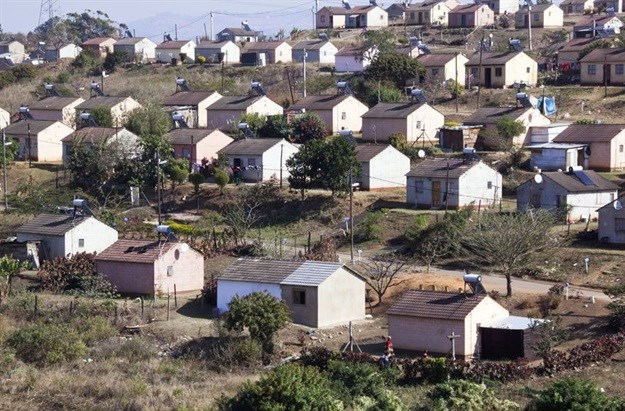
Top stories



LegalNigeria to implement new tax laws from January 1 despite calls for delay, Tinubu says
Camillus Eboh 14 hours

EducationChoosing a career? In a fast-changing job market, listen to your inner self – counsellor
Kobus Maree 13 hours


Amawele contended that it was not liable to charge, collect and pay value-added tax (VAT) to Sars at the standard rate of VAT (i.e. 14%) as the services it supplied to the Department qualified for zero-rated relief on a historic basis, from July 2008 to September 2010. Since Amawele had previously accounted for VAT at the rate of 14% on its services, it sought a refund of amounts that were, it its view, erroneously paid to Sars. In response to this claim for a refund, Sars conducted an audit and issued an additional assessment to Amawele in the amount of R38 million.
Amawele appealed to the Tax Court against this additional assessment. The Tax Court upheld Amawele's contentions and set aside the additional assessment. Sars appealed to the full court of the Gauteng Division of the High Court, and the matter eventually found its way to the SCA.
The issue before the SCA was whether Amawele's contention that the services it supplied to the Department under the three contracts qualified for zero-rated relief. The SCA went into the history of the Housing Subsidy Scheme (Scheme) to reach their decision on whether section 11(2)(s) read with section 8(23) of the VAT Act applied to the projects undertaken by Amawele. The SCA concluded that none of the services rendered by Amawele in terms of the three projects fell within the seven components of the Scheme and that all three contracts were undertaken in terms of two new national housing programmes, namely the EAP and the RRP.
The legislative history traversed by the court revealed that when the VAT Act was amended in 2003, to provide for zero rating of the deeming provision of services to public authorities and municipalities funded by the Scheme, it did not apply to the EAP and the RRP as these national housing programmes were not in existence at the time. In order for payments to vendors in respect of projects falling under either the EAP or the RRP to qualify for zero-rated relief, it needed to be demonstrated that, after their creation, something occurred to bring them within the scope of the Scheme.
The SCA concluded that all the evidence showed that the Scheme referred to in section 8(23) of the VAT Act, from 2003 until 2010, was the Scheme that had existed since 1994. Neither the EAP nor the RRP formed part of the Scheme and there was no evidence to show that either of them had, after their creation, been incorporated in some way into the Scheme. The services rendered in respect of the three projects were rendered directly to the Department and Amawele had an obligation to charge, collect and account for VAT at the rate of 14% on the supply of these services.
In conclusion, the confusion caused by the wording of section 11(2)(s) read with section 8(23) will not be repeated as both were repealed and replaced in January 2017. In light of the SCA judgment, contractors that rendered services before January 2017 should still carefully evaluate whether their services were correctly zero-rated in terms of section 11(2)(s) read with section 8(23) of the VAT Act; it goes without saying that the incorrect application of the zero rating could be a huge financial hurdle for these contractors.